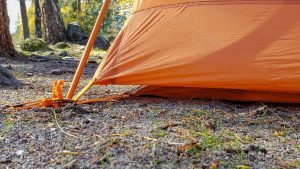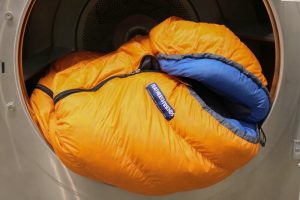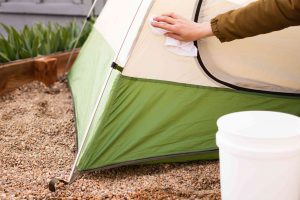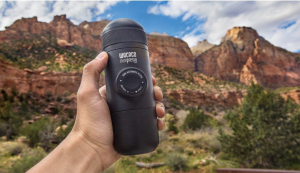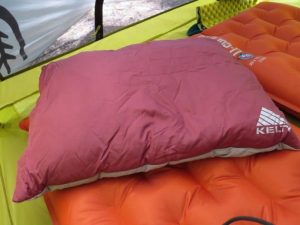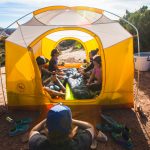Choosing the right sleeping bag can be a daunting task. There are so many options available to you, and it’s hard to know what will suit your needs best. To make things easier for you, we have put together this guide on how to choose the best sleeping bags on the market. We will cover everything from materials used in construction to features that you should look for. By the end of this guide, you will be able to identify which sleeping bag is best for your needs.
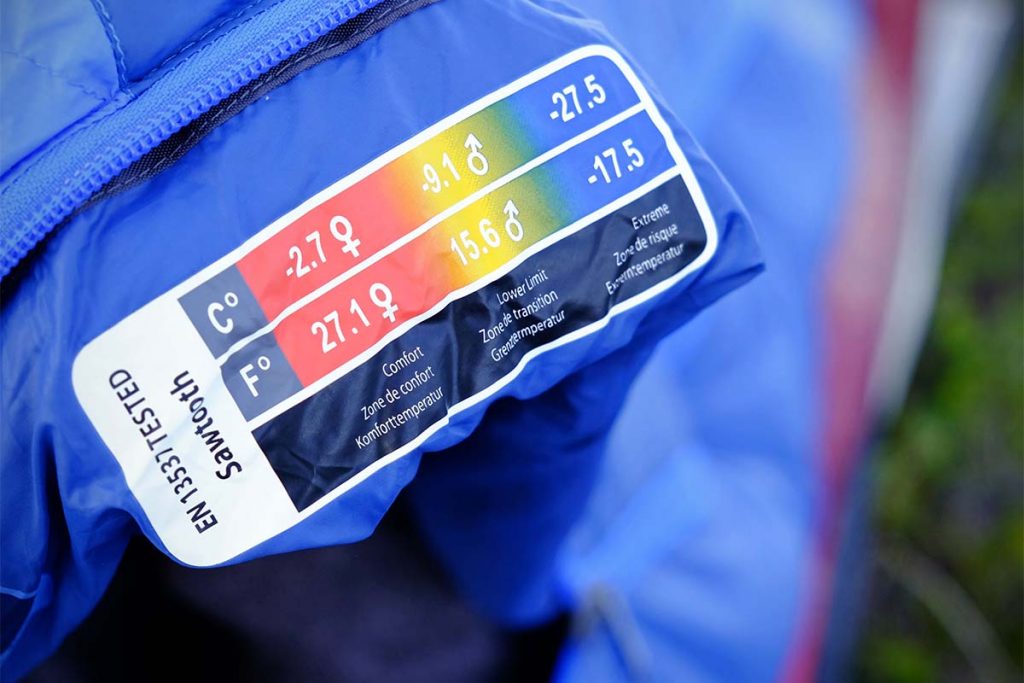
Table of Contents
Sleeping Bag Temperature Ratings
One of the first things you should consider when choosing which sleeping bag will work best for your needs is its temperature rating. Temperature ratings are especially important if you plan on camping in colder temperatures. If you’re not familiar with how to determine a bag’s warmth, take our advice and consult this guide before making any purchase decisions.
- Summer Season: When it comes to the summer season, a bag with a temperature rating between 30 and 50 degrees Fahrenheit will be adequate for your needs.
- 3-Season: If you plan on camping in any season between spring, summer and fall then a sleeping bag with a temperature rating between 15 and 30 degrees Fahrenheit should be perfect for your needs.
- Winter Season: If you plan on camping in the winter months, make sure that your sleeping bag has a warmth rating of 0 degrees Fahrenheit or lower. Be prepared for wet weather and consider purchasing insulation with dry-down technology if possible to keep yourself extra cozy when it’s cold outside.
- Mountaineering/Extreme Cold: If you plan on camping in extremely cold temperatures, then consider purchasing a sleeping bag that is designed for mountaineering. These bags are specially made to combat frigid conditions and will be able to keep you warm in the harshest of weather.

Sleeping Bag Insulation Types
Once you have determined what temperature rating is necessary for your needs, it’s time to consider insulation types. There are three different kinds of sleeping bag insulation: down feathers, synthetic fibers, and airbags. Each style has its own unique properties that work best in different conditions so take your time to consider which insulation will work best for you.
- Down Feathers: If you are looking to purchase a sleeping bag with the highest level of warmth possible, then down feathers should be at the top of your list. These bags have an incredible amount of heat-trapping loft that allows them to keep even frigid temperatures out while keeping your body comfortably warm. The downsides to down feathers are that they are more expensive, have a shorter lifespan, and are not as durable as synthetic bags so you will need to take extra care of them for maximum warmth retention.
- Synthetic Fibers: If you’re looking for something with an exceptional level of durability then look no further than a synthetic bag. These bags are made from various types of polyester and nylon fibers that mimic the properties of down feathers without sacrificing warmth retention or weight reduction. The downside to these materials is that they tend to break down over time, so you will need to purchase a new sleeping bag every few years for maximum comfort levels.
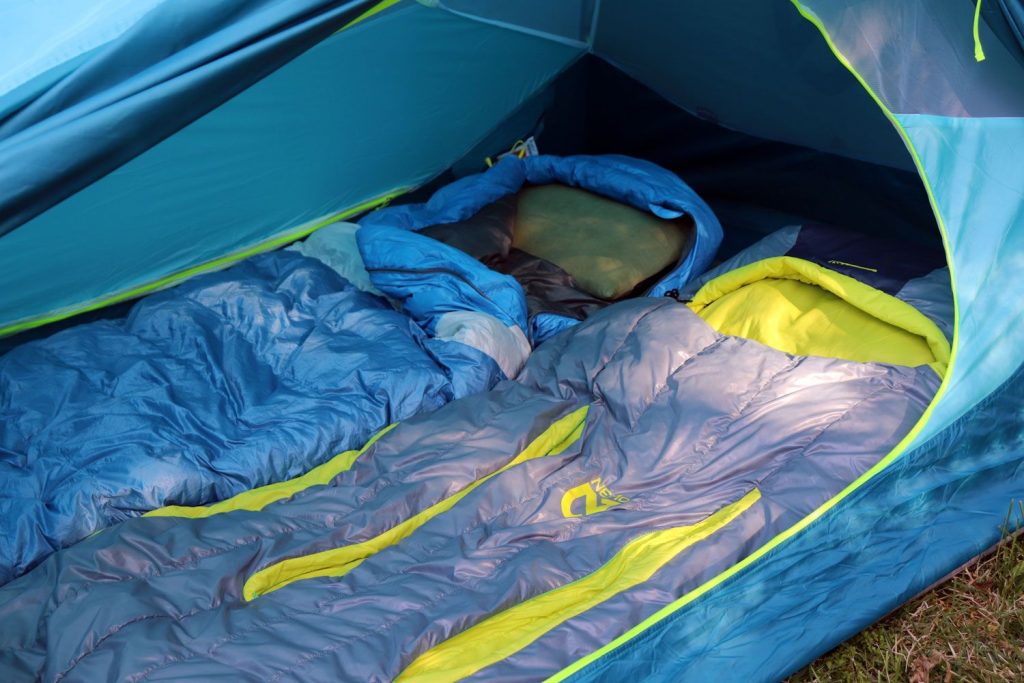
Types of Sleeping Bags
Now that you have decided which insulation type is right for your needs, it’s time to choose between the different styles of sleeping bags available today. There are three main types: backpacking, mummy, and rectangular designs. While all have their pros and cons depending on what activity you plan on using your sleeping bag for, it’s best to choose one that is most comfortable and fits within your budget.
- Backpacking: Backpacking bags are designed with weight efficiency in mind so they tend to be less spacious than other options. These types of bags are compact, easy to strap onto a backpack or store away at home due to their small size. If you are someone who prefers to do a lot of hiking, climbing or mountaineering while camping then this is the right choice for you.
- Mummy: Mummy bags are one of the most popular types because they provide exceptional warmth retention due to their smaller surface area and tapered design that keeps your body heat close by. These bags are ideal for someone looking to purchase a one-season bag that will not be used in extreme cold or wet conditions.
- Rectangular: Rectangular designs provide an incredible amount of space and comfort, making them great for warmer weather camping where you won’t need additional insulation like air pads. If you’re planning on using your sleeping bag for camping, backpacking, or other activities where you’ll be spending a lot of time in your bag then this is the right choice.
- Semi-Rectangular: Semi-rectangular bags are a cross between the other two styles of sleeping bags. These tend to be slightly more expensive than rectangular designs, but they offer additional features like hoods and different insulation options that make them perfect for three seasons use.
- Double-bag: If you are looking for a sleeping bag that will keep two people warm during colder months then look no further than double-bags. These types of bags have an attached second compartment that allows you to insert another person into the same space, making it easier to regulate your body temperature.
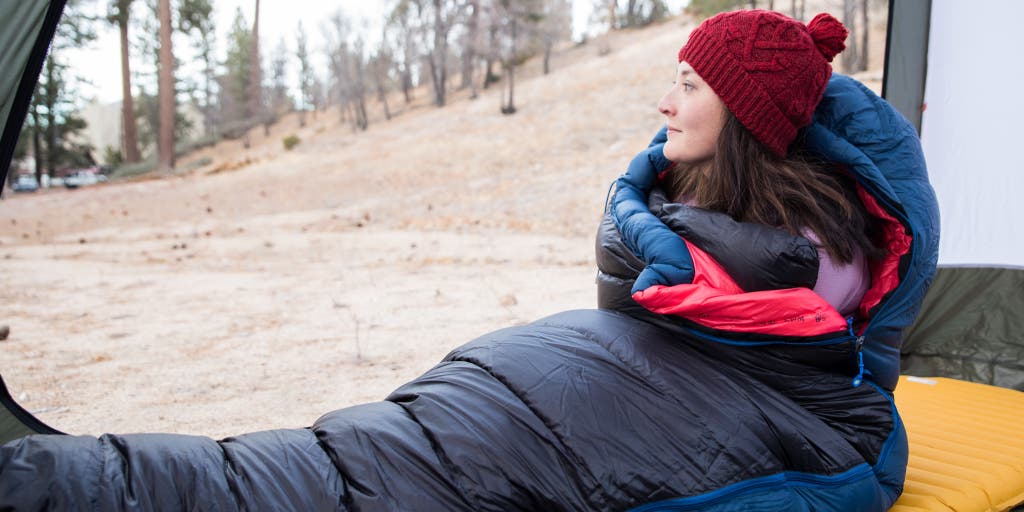
Sleeping Bag Shell Materials
Once you have decided on insulation type and sleeping bag style it’s time to consider what material will provide optimal comfort levels while keeping weight at a minimum. Sleeping bags come with a variety of shell materials that provide a different level of durability, weight, and warmth.
- Nylon: Nylon is a durable material with low water absorption properties so it’s great for wet conditions where you will need your sleeping bag to retain its insulating ability even in heavy rain or snowfall. The downside to nylon is that it has less insulation than other materials so you will need to use it in warmer weather conditions.
- Polyester: Polyester is a much more breathable and comfortable material than nylon, but it can be less durable and weighs slightly more as well. This type of material tends to perform better in warm climates where perspiration won’t accumulate as quickly because the fabric has excellent moisture-wicking properties.
- Cotton: If you are looking for the most comfortable material possible then cotton is definitely it! The downside to this type of shell fabric is that it absorbs water easily and has zero insulation value, so avoid using cotton shells in wet conditions or when camping during colder seasons.
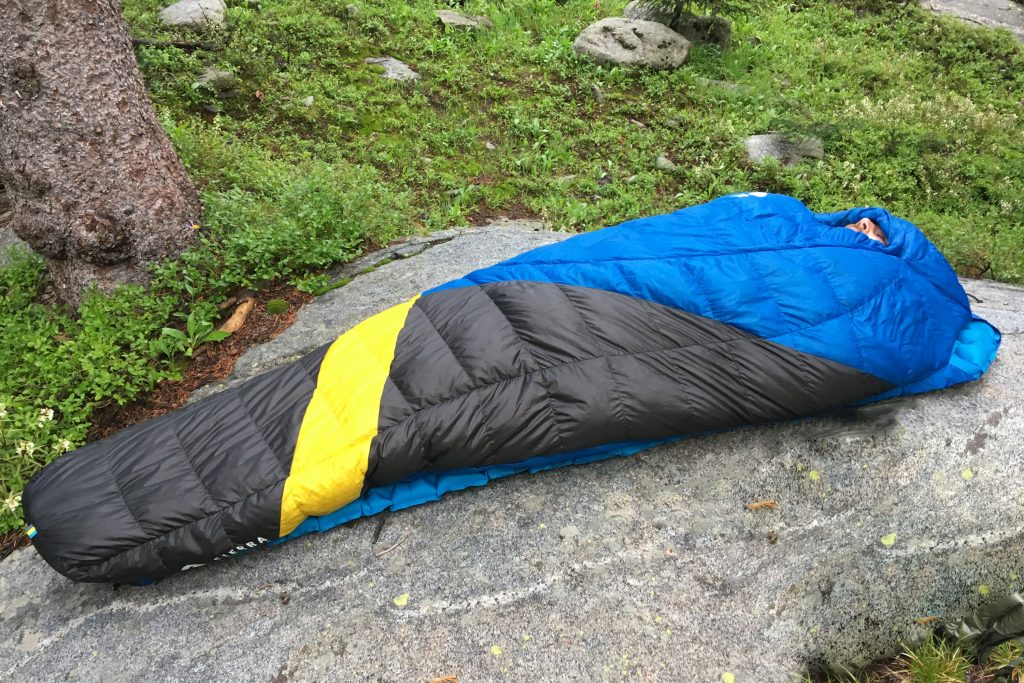
Construction Styles
After choosing your preferred sleeping bag shell material it’s time to consider the construction style. There are four main options: sewn-through, offset quilt, baffled, and continuous baffles.
- Sewn Through: Sewn-through bags have insulation stitched directly to the shell fabric so there is no separation between your body and the bag itself. This type of design makes for a lighter-weight bag but it can be less durable.
- Offset Quilts: This style of construction is most common with mummy bags because the insulation is sewn to a sheet of fabric that has been stitched inside out, preventing cold spots from forming while also reducing the amount of material used in production. The downside to this kind of design is that it can be less durable.
- Baffled: Baffled sleeping bags are ideal for backpacking and mountaineering because they maintain even insulation throughout the body of the bag while also increasing durability and minimizing weight. The downside is that these types of bags tend to cost more than other options due to their intricate design, so keep this in mind when you’re deciding on a budget.
- Continuous Baffles: A continuous baffle construction style is the lightest and most compact option available, but it also reduces durability in comparison to sewn through or baffled bags. The insulation is separated into small compartments so there are no cold spots throughout your bag and less material used overall which keeps weight to a minimum.
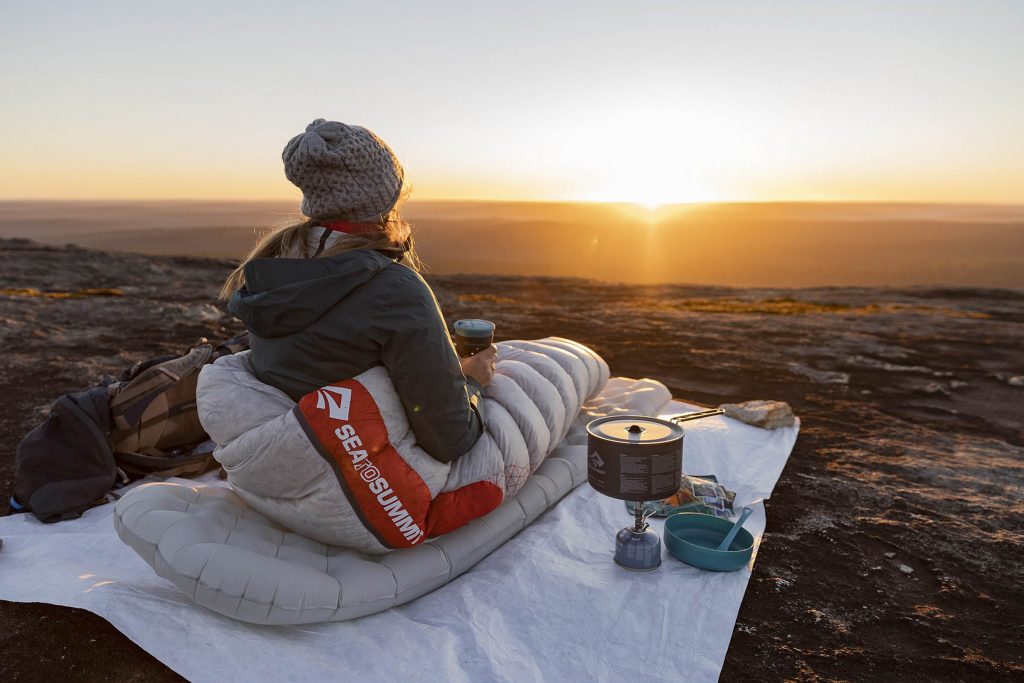
Sleeping Bag Features
Now that you have figured out the style of insulation and shell material it’s time to consider what other features will add comfort or convenience when using your bag.
- Zippers: The zipper is a crucial element in any sleeping bag because when they are not durable enough cold air can seep into the interior so make sure yours has heavy-duty zippers that can stand up to frequent use.
- Draft Tubes: A draft tube is an insulated flap located along the zipper of a sleeping bag that prevents cold air from entering through any open zippers and creating uncomfortable drafts throughout your body as you sleep – definitely something worth having if you suffer from chilly nights!
- Foot Box: The foot box is a section of insulation located near the bottom end of a sleeping bag to ensure your feet stay nice and warm throughout the night. Many modern designs have extra space for added comfort as well, so be sure to choose one with an appropriate amount of foot room if you need it.
- Insulated Hood: An insulated hood is an excellent addition to any sleeping bag because it keeps your head warm while also providing insulation for your neck.
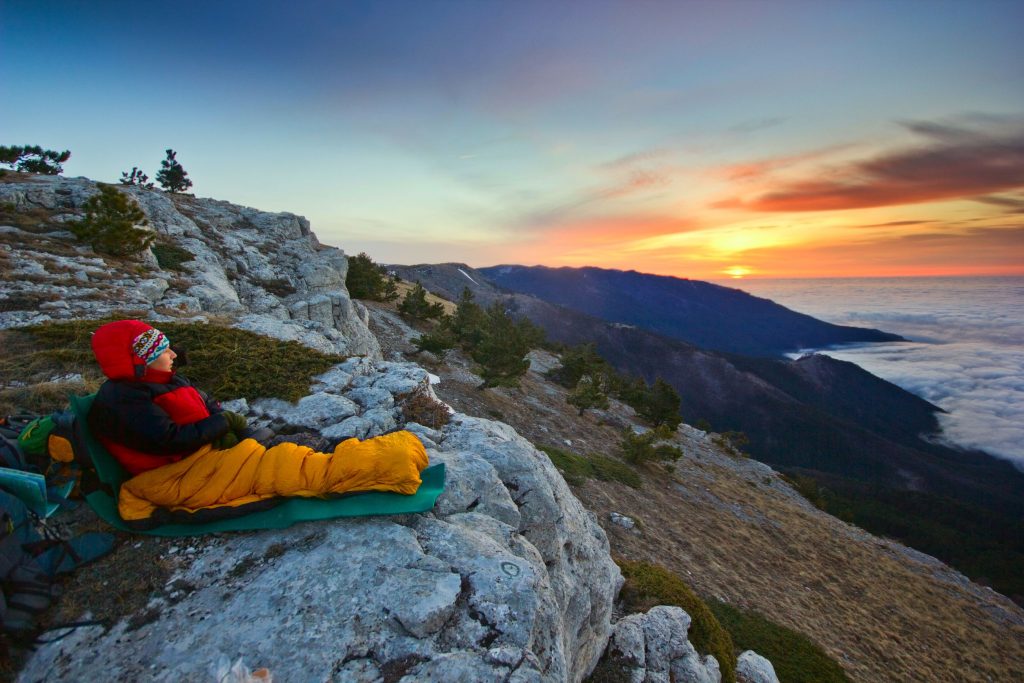
- Draft Collar: This type of collar prevents cold air from entering through the top opening of a sleeping bag, which can become uncomfortable when you are lying on your back or side. Choose one with a comfortable neck drawstring as well for added warmth and convenience.
- Drawstrings: Drawstrings located at the hood of a sleeping bag allow you to tighten it around your head for added warmth and comfort during cold weather. This is another feature that can add convenience or comfort depending on what kind of sleeper you are so be sure to consider this when making your selection.
- Girth/Shoulder Width: Sleeping bags are typically made to accommodate the average person’s height, but if you’re taller or shorter than most it can affect how well your bag fits without leaving too much excess material throughout. Be sure to choose a sleeping bag that is appropriate for both your body type and size requirements before making any purchases.
- Stash Pocket: A stash pocket is a small chamber sewn into the exterior of a sleeping bag that is great for storing small items like your phone, wallet or flashlight – perfect for those who need their essentials nearby at all times!
- Head-Hole: Ahead hole allows you to peek out from the top of your mummy bag without having to completely unzip it. This feature can be found on nearly any style of the sleeping bag so it’s definitely worth considering if you frequently camp in cold weather and need to keep an eye on the temperature or check up on your surroundings.
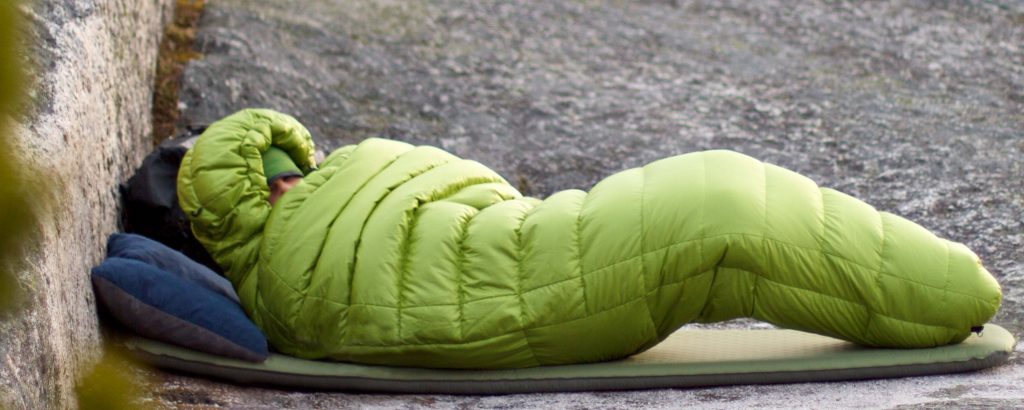
Other Consideration
- Packability: Another thing to consider when choosing the best sleeping bags is their packability. Sleeping bags made from material that packs down small are a lifesaver, especially if you plan on backpacking or camping in more rugged conditions. You’ll want to look at the weight of your bag as well, which can be affected by insulation type, zippers, and other features.
- Weight Capacity: If you are a larger individual or enjoy camping with another person then consider purchasing two sleeping bags that have double-wide widths to accommodate both people comfortably without creating excess material throughout. Some mummy-style sleeping bags are also wider than others, so consider this when making your purchase.
- Price: The price is another important factor to consider when choosing a sleeping bag because you never want to sacrifice comfort, warmth or quality just for your budget. Be sure that the value of your purchase matches up with what you’re paying and always compare prices between retailers before making any purchases.
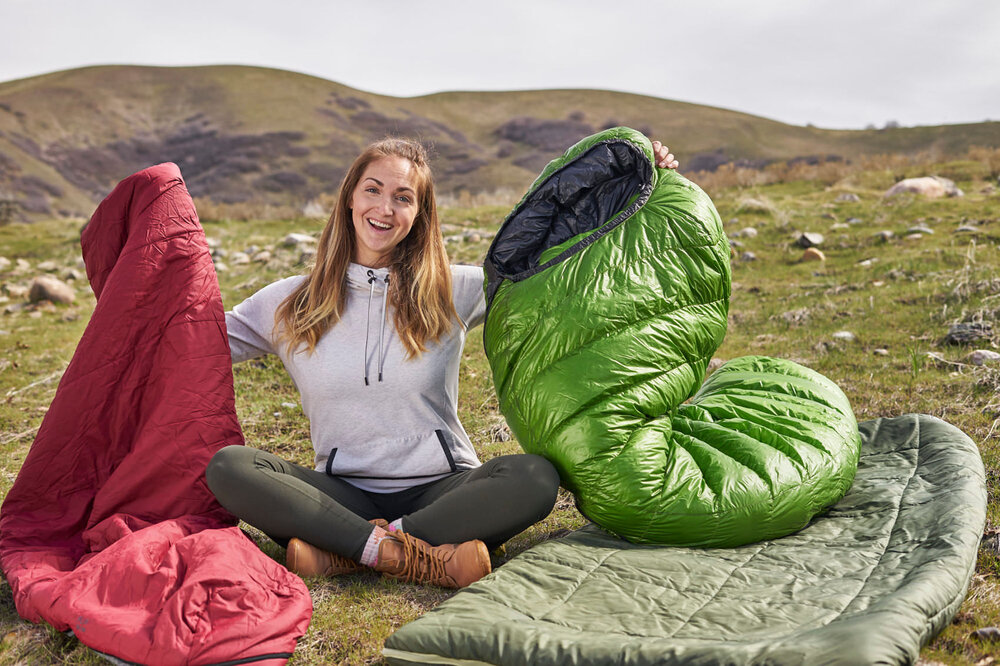
Sleeping Bag Care & Maintenance Tips
- When it comes to caring for your sleeping bag you’ll want to make sure that it is properly dried before storing it away. If your bag doesn’t come with a storage sack, then be sure to purchase one and keep the material dry at all times – if mold or mildew has taken hold you’ll want to wash it immediately.
- Avoid sleeping in the same clothes you wore while hiking because body oils and sweat can cause damage to your bag – instead, always change into fresh layers before climbing inside! Be sure that you don’t store your bag near a heat source or leave it out in direct sunlight as well – this will only speed up the deterioration of your bag.
For more information on how to choose the best sleeping bag for your needs, be sure to check out our blog
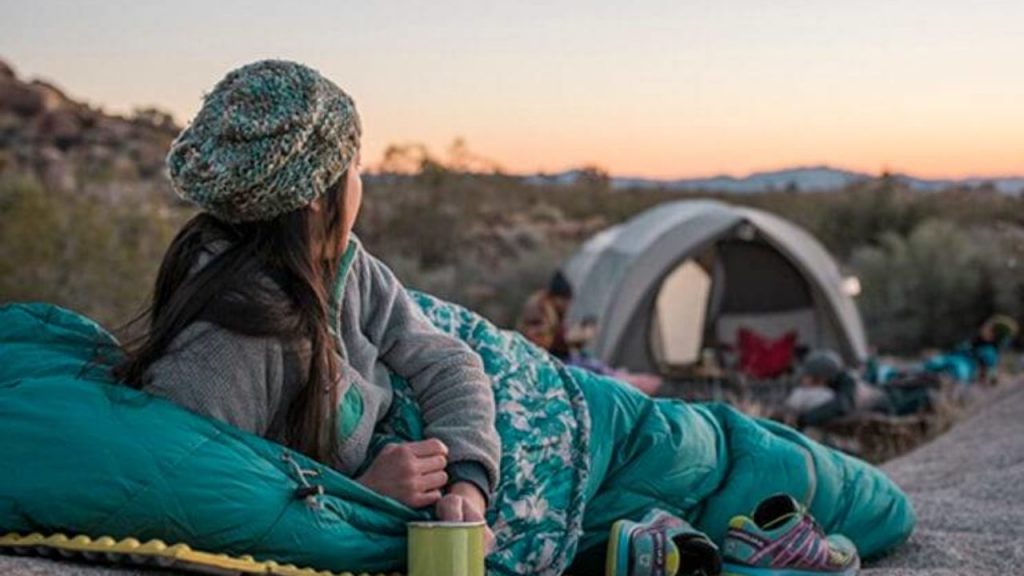
Mummy Sleeping Bag vs Rectangular: Which is better?
When it comes to choosing the best sleeping bags for you and your family, mummy-style options are usually rated higher than rectangular designs because they provide superior insulation throughout while staying lightweight at the same time. Some people prefer a roomier rectangular shape instead so it’s important to think about what kind of sleeper you are before making any purchases.
If you’re a side-sleeper, a mummy sleeping bag is not going to be your best option because the lack of space can cause discomfort – instead look at purchasing a rectangular or semi-rectangular design that provides more room throughout so it doesn’t dig into your arms and legs.
On the other hand, if you’re a back sleeper then a mummy sleeping bag will work perfectly for you because it provides more insulation throughout while staying lightweight so it doesn’t cause discomfort as well. Rectangular or semi-rectangular designs can be great depending on what kind of sleeper you are, but they usually provide more room than mummy bags which can be a good or bad thing depending on what you’re looking for.
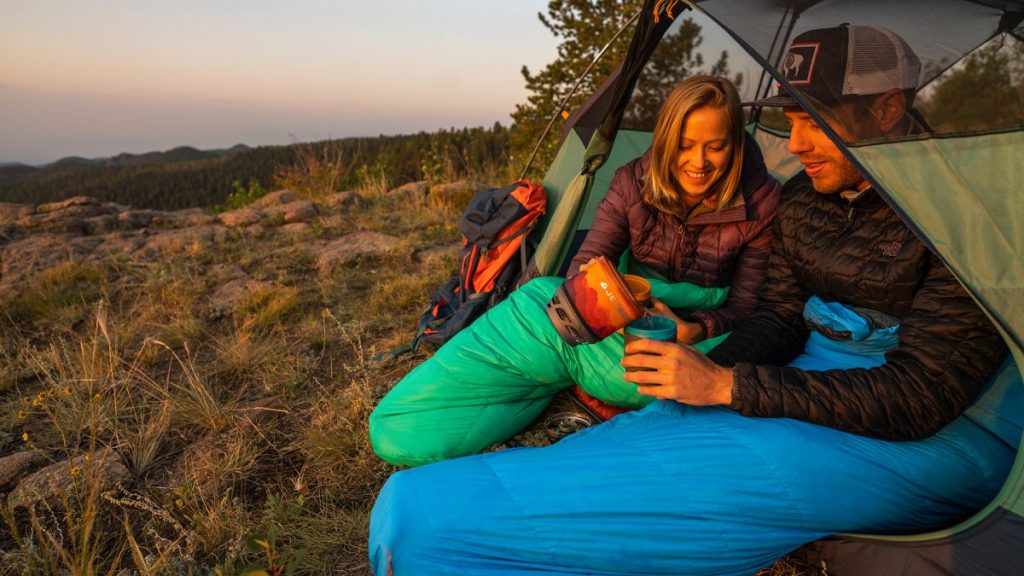
FAQ
Q.How do sleeping bags work?
A.Sleeping bags are designed to keep you warm at all times while camping or backpacking by providing insulation throughout. Sleeping bag insulation works on an R-Value scale, which measures the resistance of heat flow in a material – higher numbers mean more warmth and less heat loss. It’s important to consider your climate and seasons before making any purchases to ensure that you’re purchasing the right material for your area.
Q: What type of sleeping bags are available?
A.There are several options when it comes to choosing a sleeping bag, and some work better in certain conditions than others depending on where they will be used at. You’ll want to consider mummy bags, rectangular or semi-rectangular sleeping bags, and double sleeping bag options when making your purchases.
Q: What is a mummy-style sleeping bag?
A: A mummy-style sleeping bag hugs the body closely to provide more insulation throughout while staying lightweight at the same time – this type of design also tends to be roomier in colder conditions but can be less comfortable in warmer temperatures.
Q: What is a rectangular sleeping bag?
A: A rectangular or semi-rectangular sleeping bag offers more space throughout which can help to keep you cool if the weather isn’t too extreme, but this design does not provide as much insulation compared to mummy bags so it will leave you colder when camping in colder conditions.
Q: What is a double sleeping bag?
A: A double sleeping bag is designed for two people to share and offers more space throughout so it doesn’t feel claustrophobic while camping or backpacking. Some designs feature zippers on the side while others offer dual chambers, but they both work in much the same way.
Q: What are the benefits of a double sleeping bag?
A: Double sleeping bags allow you to share warmth with another person in colder conditions, but they can also provide more space which is ideal for taller campers who find mummy-style bags uncomfortable because there isn’t enough room throughout. This type of design is usually heavier and bulkier than single sleeping bags, but they still provide superior insulation throughout.
Q: How to choose a sleeping bag?
A: There are several factors to consider when choosing your next sleeping bag, including insulation type and size. Choose one that is appropriate for both your body type as well as any weather conditions you may encounter on the trail or during camping trips. Also, be sure to think about whether or not your sleeping bag is going to be compatible with any other gear you already own before making a purchase.
Q: Where should I store my sleeping bag?
A: You’ll want to keep it in a cool, dry place and avoid storing it near anything that has the potential to damage the material. If your sleeping bag doesn’t come with a storage sack, be sure to purchase one and keep it in a dark area away from sunlight at all times.
Q: How do I wash my sleeping bag?
A: You should always follow any specific instructions given by the manufacturer when cleaning, but most mummy-style sleeping bags can be washed at home by hand or in a washing machine on the gentle cycle. Some rectangular and semi-rectangular designs may also require you to wash them by hand, but it depends entirely on what kind of material your sleeping bag is made from so always check for specific care instructions before doing anything else.
Q: Can I dry clean my sleeping bag?
A: Most mummy-style bags can be dry cleaned, but only if you choose a reputable cleaner and check for any specific instructions before making your purchase. Always make sure to follow the cleaning guidelines given by the manufacturer as well – whether it is safe to clean at home or not will depend entirely on what kind of material the bag is made from.
Q: Is it okay to store my sleeping bag in the stuff sack?
A: Some manufacturers recommend you pack your mummy-style sleeping bag away inside its storage sack because this reduces compression and ensures that no damage will occur over time. On the other hand, some designs can be stored both inside or outside of the stuff sack with no problem. Always make sure to check for specific instructions before doing anything else and if there are none, choose a storage method that best suits your preference.
Q: What is a sleeping bag liner?
A: A sleeping bag liner is an additional piece of fabric designed to add another layer of insulation between you and your sleeping bag. If you’re someone who gets cold easily, a liner is going to provide an extra boost of warmth without adding too much weight or bulkiness to your gear.


